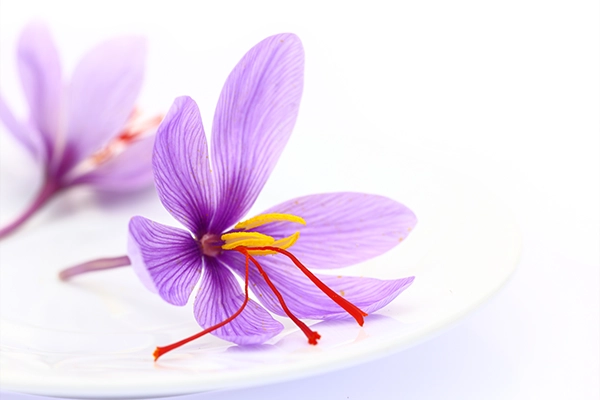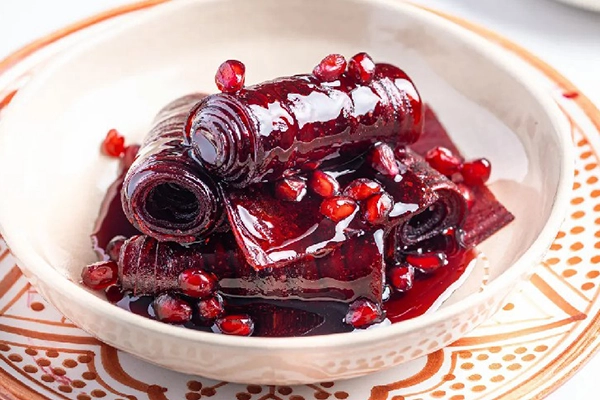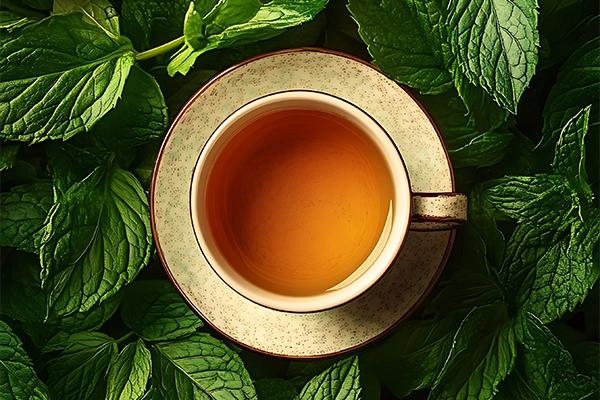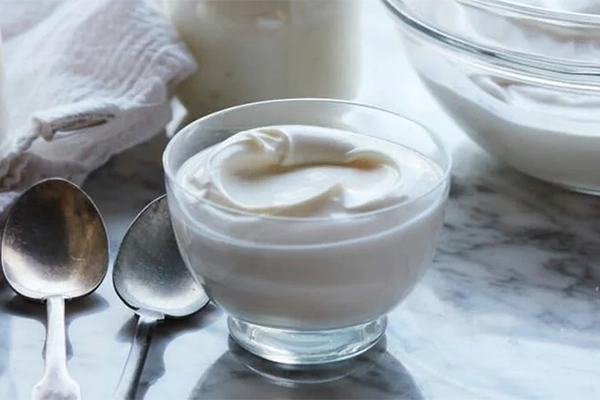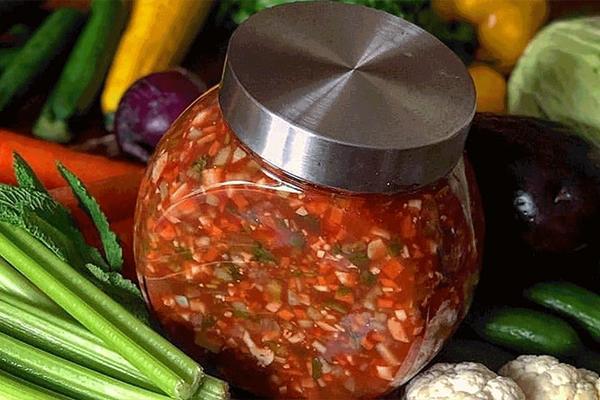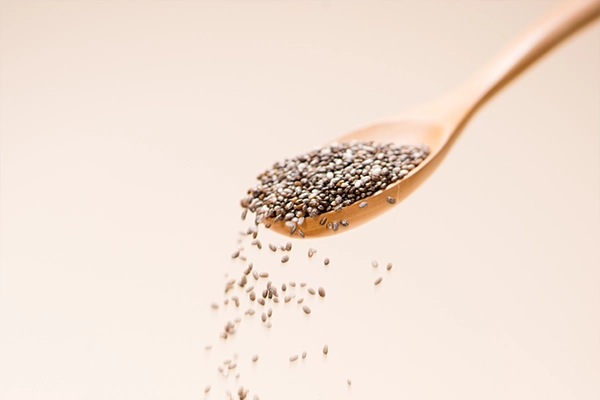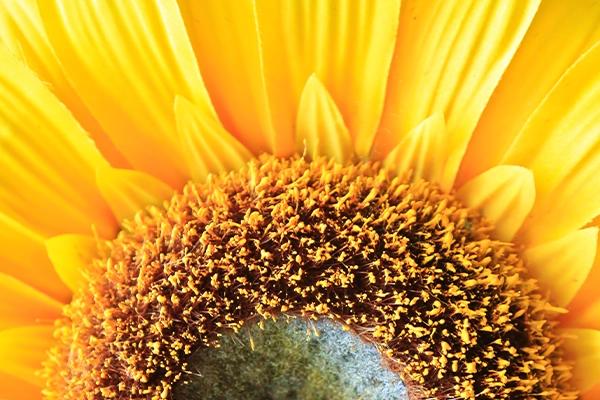Saffron, this golden red gem, has been a central component of the cuisine and traditional medicine of many countries for decades. Iran and India produce the most of this valuable spice, but the issue is here: How to choose between Iranian and Indian saffron? Today in this article, we will compare the differences, quality, price, and uses of saffron in these two countries to help you choose the finest one.
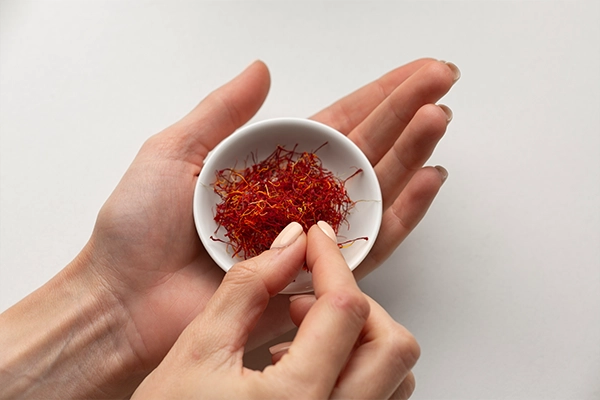
1. Differences in location and climate
Iranian saffron is predominantly cultivated in Iranian semi-arid and arid territories, for instance, Khorasan Razavi Province. The specific climate, proper soil, and centuries of knowledge of Iranian farmers have rendered this saffron internationally renowned regarding aroma and color.
Unlike Iranian saffron, Indian saffron does not grow in most parts of India but is found mainly in Kashmir. Though the place does not have a suitable climate for growing saffron, it produces much less saffron than Iran and its quality keeps on changing from time to time and season to season.
2. Difference in quality and aroma
Aroma and color quality is likely the most important factor when deciding on a choice between Iranian and Indian saffron. Through international testing, Iranian saffron has been found to have higher levels of active ingredients such as crocin (color), safranal (aroma), and picrocrocin (flavor). For this reason, Iranian saffron is utilized in the majority of global markets.
Indian saffron is similarly of high quality, especially if it is the superior Kashmiri type. However, compared with Iranian saffron, its hue will generally be weaker and its smell less intense.
3. Appearance and types
There are different varieties of Iranian saffron such as Negin, Sargol, Pushal, and Daste. “Negin” type is the highest quality variety of Iranian saffron because it is made up of strong non-white threads and is very red in color.
There also exist Indian saffron varieties such as “Monga”, “Lacha” and “Giro”. Monga variety is the best alternative that exists for Iranian Negin saffron, but it is still not good in quantity as well as overall quality as compared to the Iranian.
4. Price and Availability
Although both types of saffron are expensive, Iranian saffron is more competitively priced than Indian saffron due to it being manufactured in larger quantities and in a wider range of qualities. Since Indian saffron is so rare, it is even pricier than Iranian saffron in international markets despite its quality not necessarily being better.
5. Applications in Cuisine and Medicine
Indian and Iranian saffron are both utilized in medicine, confectionary, and culinary industries, but Iranian saffron is used when preparing dishes such as biryani, barshk polo, tahchin, sweets, and teas because it is more colored and scented.
If you need high-quality saffron, strong color and aroma, and are ready to pay less, Iranian saffron is undoubtedly the better option. But if you want to enjoy the local taste of Kashmir or on a small scale to experiment with other types of saffron, Indian saffron can also be a good option.
Lastly, the choice between Iranian and Indian saffron lies in your hands, based on taste, intended use, and price.
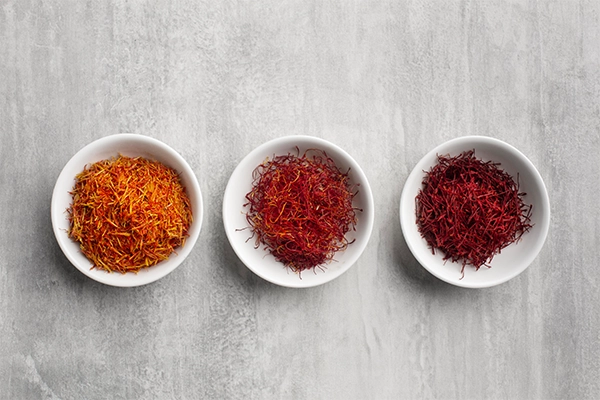
Comparison of Iranian and Indian Saffron
| Feature | Iranian Saffron | Indian Saffron |
| Cultivation Region | Khorasan (Razavi, South, North) – Dry, semi-arid climate | Kashmir – Humid, mountainous climate |
| Aroma & Scent | Very strong and rich | Milder and less intense |
| Coloring Strength | Very high (especially in Negin and Sargol types) | Medium to good (Mongra type performs best) |
| Variety Types | Negin, Sargol, Pushal, Dasteh | Mongra, Lacha, Guchhi |
| Appearance | Thick, long red threads, uniform, unbroken | Thinner threads, sometimes darker and curled |
| Price | More affordable for the quality offered | More expensive due to lower production and limited availability |
| Annual Production | Very high (world’s largest producer) | Much lower (less than 10% of Iran’s production) |
| Culinary Uses | Rice dishes, stews, desserts, traditional drinks | Biryani, kheer, Indian sweets, aromatic dishes |
| Traditional Medicine | Antidepressant, energizing, heart tonic, calming | Blood purifier, energy booster, skin-enhancing |
Culinary and Traditional Medical Uses of Iranian and Indian Saffron
Indian and Iranian saffron are not only used as exotic, aromatic spices in cooking, but also feature significantly in traditional medicine in both countries. While the botanical origin is identical, the use of saffron and the role it plays in food and healing cultures in Iran and India are similar yet fascinatingly different.
Iranian and Indian saffron are most often used in traditional Persian cuisine such as Zereshk Polo (barberry rice), Tahchin (saffron rice cake), Shir Berenj (rice pudding), Sholeh Zard (saffron rice dessert) and a number of stews. Its very intense coloring power and extremely potent odor mean that only a minute amount is needed to provide great flavor and eye appeal for dishes. It is also employed as a base ingredient in sweet foods like classic ice cream, Halva, and drinks such as saffron tea or saffron syrup.
On the other hand, Indian saffron is utilized primarily in highly seasoned and perfumed foods such as Biryani, Pulao, Halwa, and Kheer (sweet rice dessert), and meat or seafood recipes. Saffron is also utilized in combination with milk, cardamom, cinnamon, and rosewater in Indian cuisine to create a rich, deep flavor.
Saffron In Traditional Medicine
Iranian saffron is valued in traditional Iranian medicine for its calming and euphoric property. It works as a natural antidepressant, memory and heart tonic, and therapeutic agent for digestive disorders and menstrual spasms.
Indian saffron, in the practice of Ayurvedic medicine in India, is considered to be warming and is used to purify the blood, rejuvenate the skin, stimulate sexual energy, and treat insomnia. It also shows up in herbal treatments and treatment oils for stimulating healthy, radiant skin.
In Iran and India alike, Iranian and Indian saffron are not merely esteemed as decadent and aromatic comestibles, but also as significant constituents of ancient medicine. Due to its stronger pungency and increased coloring capacity, Iranian saffron tends to work better on the lower levels of product, and consequently is more effective in culinary and medical applications alike.
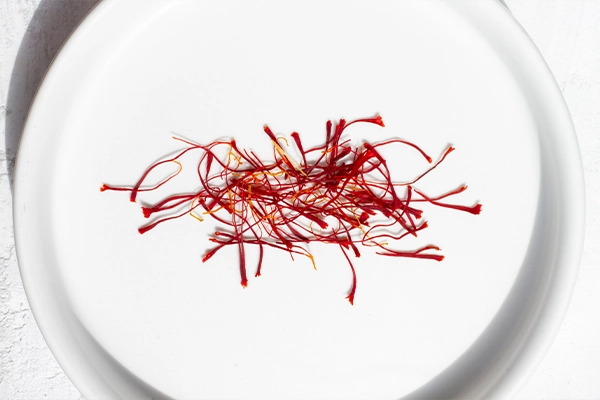
Conclusion
From the points that have been made in this article, it’s evident that Iranian and Indian saffron both possess huge nutritional, medicinal, and cultural value. Differences in climate, quality, types, cost, and application render the selection in terms of personal requirements and preferences.
If you are looking for saffron with more coloring strength, longer-lasting aroma, more variety, and more money’s worth, Iranian saffron is a smart and economical choice. Or if you would like to try out the local, regional flavors of Kashmir and use it sparingly, Indian saffron can also be a fun and unique experience.
Last but not least, being aware of the most critical distinctions between Iranian and Indian saffron empowers you to make an informed decision most suitable for your needs—whether it’s for standard cooking or traditional health remedies.
Would you like me to format this on your blog or export it as a PDF or Word document?
